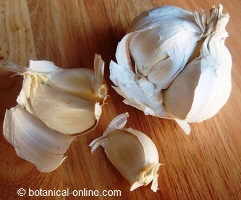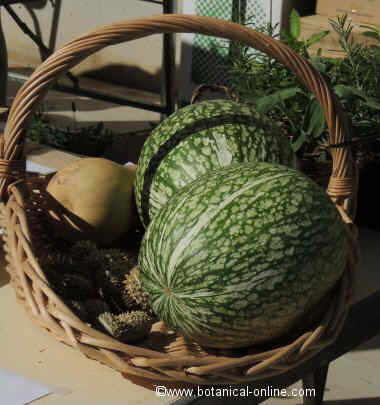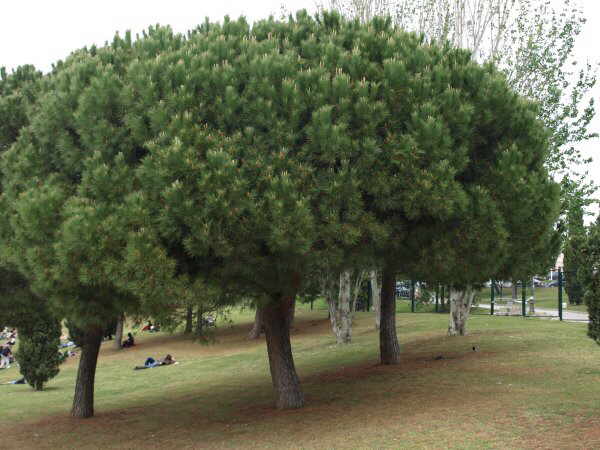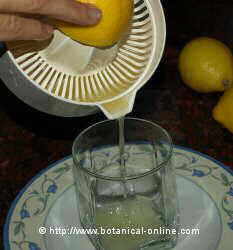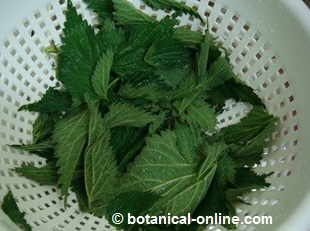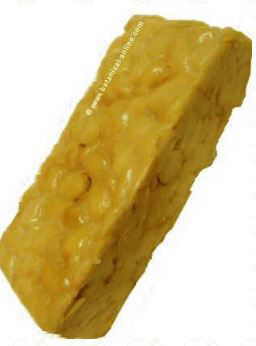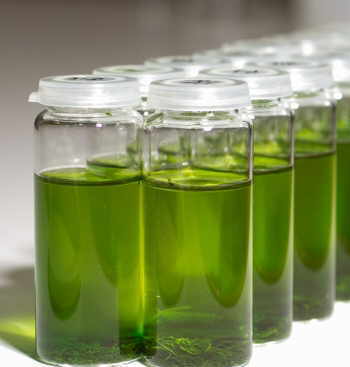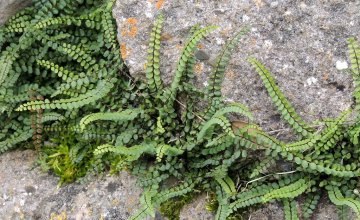Contents
Phytotherapy: Herbal remedies for calluses
Herbal treatment of corns
What are corns?
This hard thickenings of the skin present usually on the toes, hands, are caused by rubbing a body part or because of shoes to tight. The main symptoms of corns are thickening of the skin, but in feet corns, pain in the affected area.
External use preparations to get rid of corns
Important note: These are very aggressive treatments by the abrasive nature of the components used. It is important to apply the treatments only on the affected area, protecting the rest of the healthy skin. Once the treatment applied, it should be covered with gauze and plaster preventing its contents to reach the healthy parts surrounding the affected area.
These treatments should not be used with children or sensitive skinned people to those they can easily produce skin ulcerations.
- Garlic (Allium sativum) (Cataplasm of garlic clove on the affected area) See contraindications and method of use in the comprehensive study of the plant.
- Fig tree (Ficus carica) (Apply the milky white juice of the leaves to the corn)

Garlic - Sundew (Drosera spp.) (Apply the fresh plant on the skin).
- Italian Lords and Ladies: (Arum italicum) (Apply a poultice with the fresh tuber)
- Celandine (Chelidonium majus) (Apply the celandine cream on the corn)
- Stonecrops: (Sedum telephium) (Sedum acre) (Poultice of one of this crashed plants applied to the callus)
- Pineapple (Ananas comosum) The ability of bromelain from pineapple to dissolve proteins can be externally used for removing corns. This should done by means of applying a piece of pineapple peel on the callus so that the tender part of the pineapple peel gets into contact with the callus, without affecting the rest if healthy skin. Keep it there during the night. Remove it in the morning and wash with hot water. Apply this treatment several times for difficult corns. The same treatment can be done with the flesh of the papaya (Carica papaya).
Importante note Extreme caution should be exercised with the treatments mentioned below. These are very aggressive treatments due to the abrasive nature of the ingredients used. It is important to apply them only to the affected area of skin, protecting the rest of the skin from the product. Once the treatment is applied, cover the affected area with gauze and tape, preventing the contents from reaching the healthy areas surrounding the affected area. These treatments should not be used on children or highly sensitive individuals, as they may cause ulcers. |
![]() More information on skin remedies
More information on skin remedies

